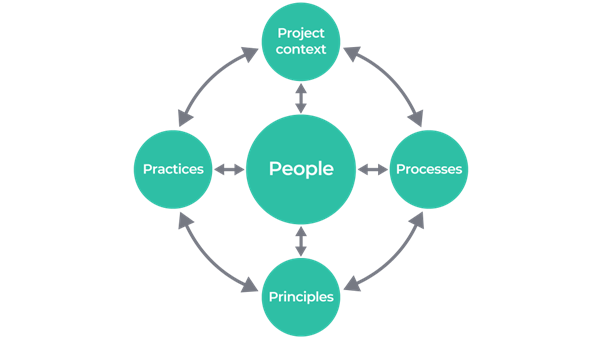Are you lost in splitting your User Stories?
Oostmalsebaan, 13, F, Brecht, Antwerpen 2960 |
Hi! I'm Jelmar a Scrum Master
I write about my Agile learning journey. Writing about the challenges I face and how I navigate this uncertain world showing that work can be different.
Hey Reader 👋, No, not really, but you can apply concepts from PRINCE2 with your team to improve collaboration with stakeholders and freedom - yes, freedom - for your team. What is PRINCE2? First things first, for those who already know PRINCE2, feel free to continue. Else, here's a quick overview. PRINCE2 defines processes to effectively manage a project and stands for PRojects IN Controlled Environments. PRINCE2 is centered around people with their 7 Practices, 7 Principles, 7 Processes, and...
Hey Reader 🤟, Are you working Agile but hating it? Are you feeling fatigued? Agile fatigue is popping up left and right. So let's dive into this topic on what it is and how we can overcome it. What is Agile fatigue? First things first, let's define what I understand of Agile fatigue. “ It's a mental and operational fatigue caused by prolonged exposure to agile processes without any tangible improvement. Symptoms Now that we are on the same line. Let's explore how to recognize the symptoms of...
Poker Planning: Have The Right Estimation Discussions What is poker planning? Poker Planning, also known as Scrum Poker, is an estimation and facilitation method for aligning a team on a user story. The practice is most commonly used in software development, where an estimation of the work has to be done. Why use poker planning estimation? I use planning poker for the following benefits. Usually, within the team, you have strong characters that could take the stage at any time. This is not a...
